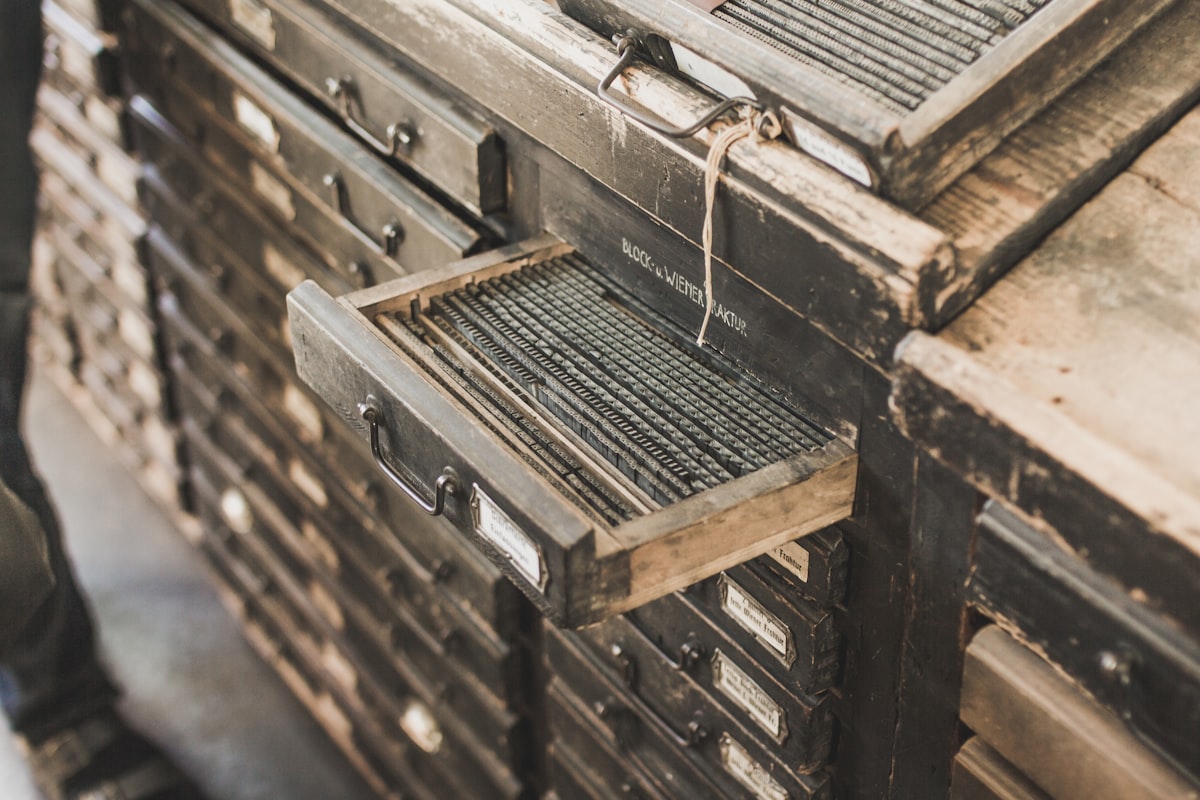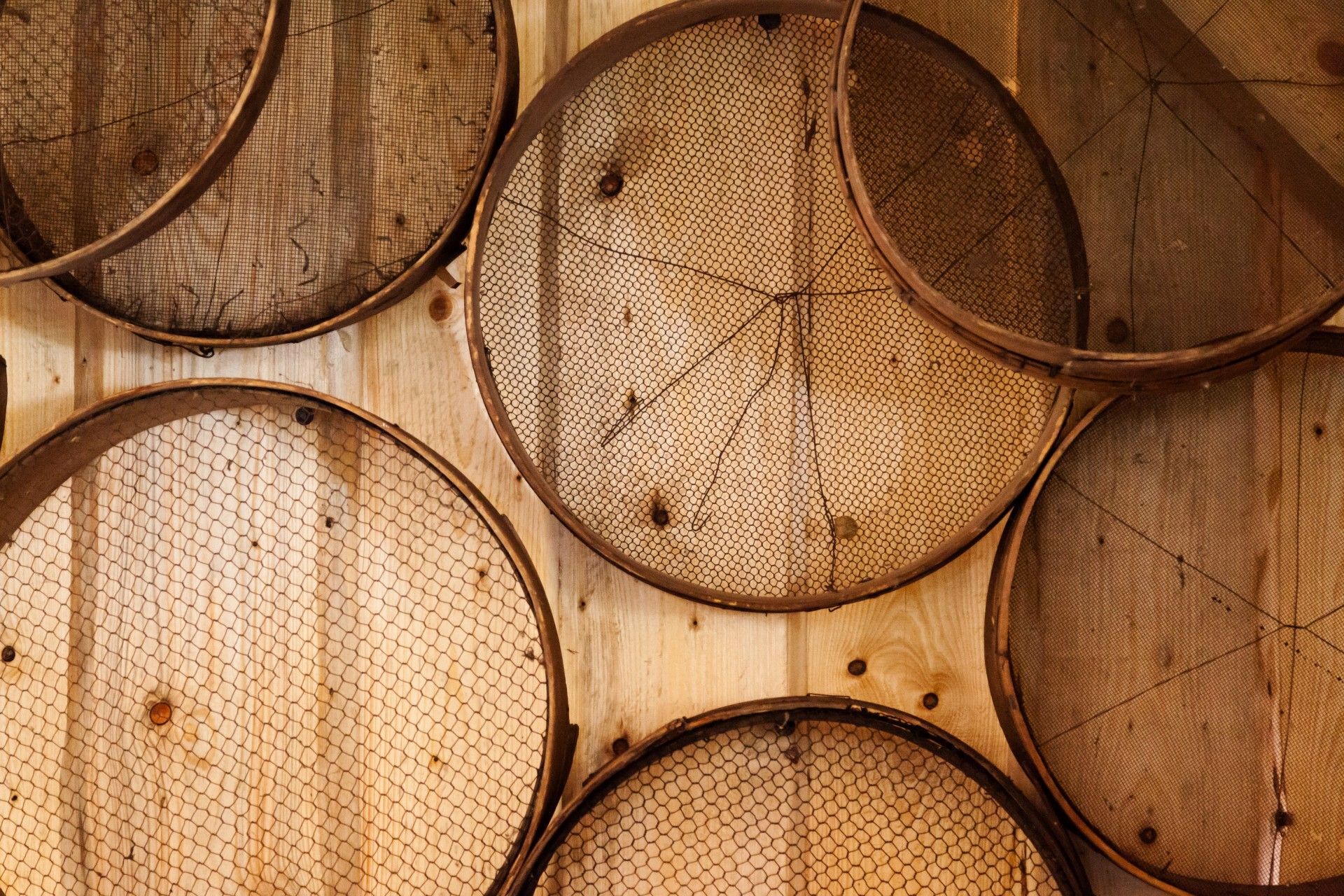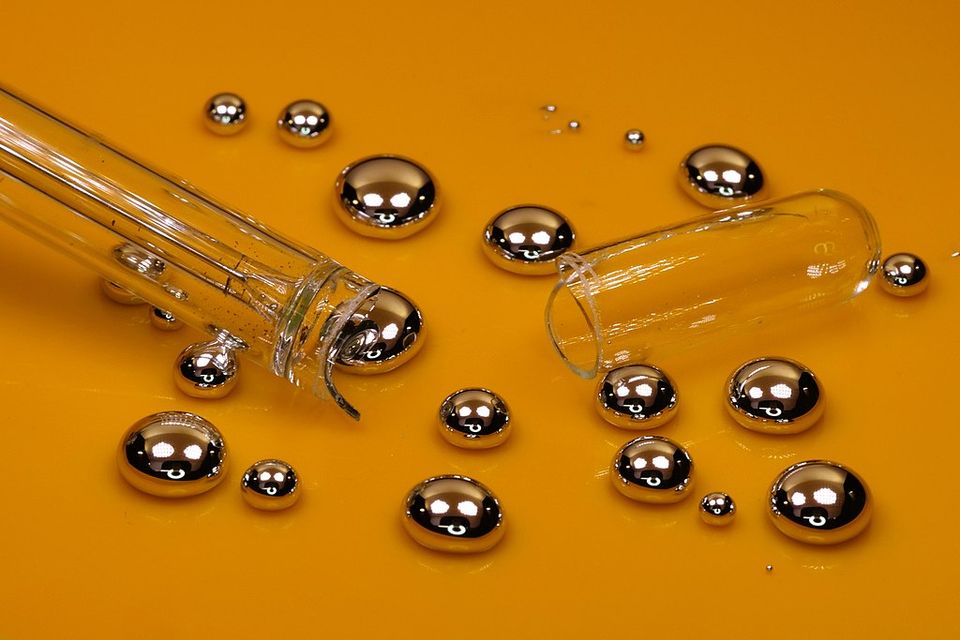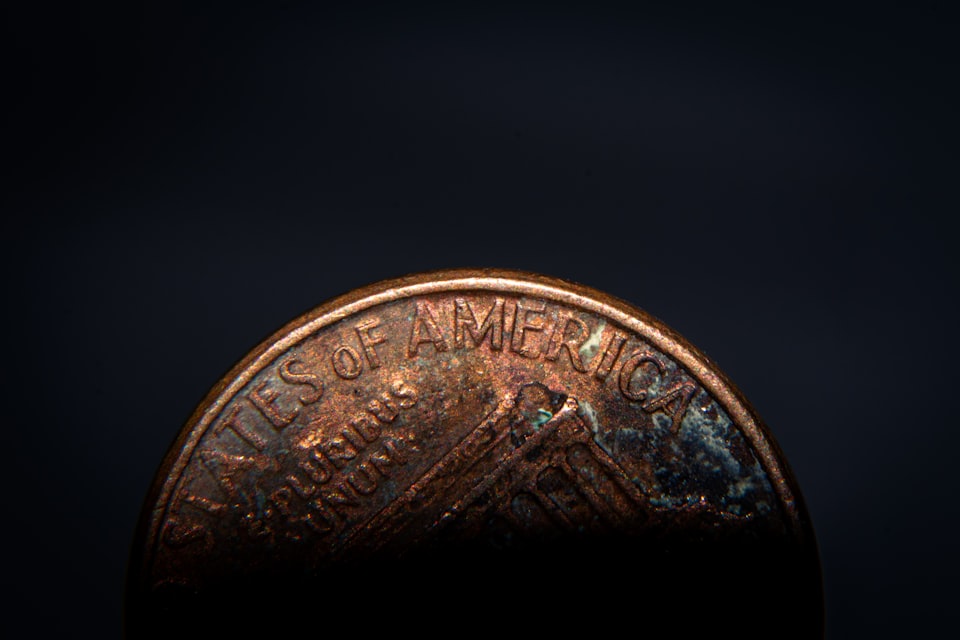VII: Lead
The special permanence of a big old metal.

Good morning. Today is septidi, the 27th of Nivôse, Year CCXXXI. We celebrate le plomb, a heavy metal that poisons minds.
If tin is the most popular kid in school, lead is tin's older brother whose popularity was so great, it still echoes years later. The two are definitely brothers on the periodic table, and are so similar that many languages didn't even bother developing different words for them, even though they were well aware of the difference. Romans called lead "black lead" and tin "bright lead." The Czech word for lead is the exact same as the Russian word for tin, so the pan-Slavic language must not have bothered picking a side.
But while tin was scarce and valuable, lead was plentiful and common (and, even the ancients knew, poisonous). Bring almost any rock to a hot point and the lead will melt out. If lead and tin are so similar, why the extreme difference in prevalence, especially in favor of lead, which, as the heavier element, should theoretically be much rarer?
The answer is a strange quirk of mathematics that makes lead the atomic graveyard. Everything bigger than lead is doomed to eventually become lead.



